Featured Articles
- 01 Computer Running Slow from Startup
- 02 Computer Running Slow After Startup
- 03 Computer Running Slow After Windows Update
- 04 Computer Running Slow While Transferring Files
- 05 Fix Lenovo Laptop Running Slow
- 06 Fix ASUS Laptop Running Slow
- 07 Windows 10 Suddenly Slow, Tips to Fix It
- 08 Windows 11 Slow? Improve Windows 11 Performance
| 🎯Goal: | Fix Windows 11 Slow Performance |
| ⏳Duration: | 5-10 minutes |
| 🧰Methods: | |
| 🔢Complexity: |
Medium |
Microsoft has lately released the much-awaited Windows 11, which is the successor to Windows 10. It is still under test. However, its Windows Insider program is now available for developers. Though Windows 11 brings a whole new design haul along with some improved features, some users are experiencing Windows 11 slow performance after installing it.
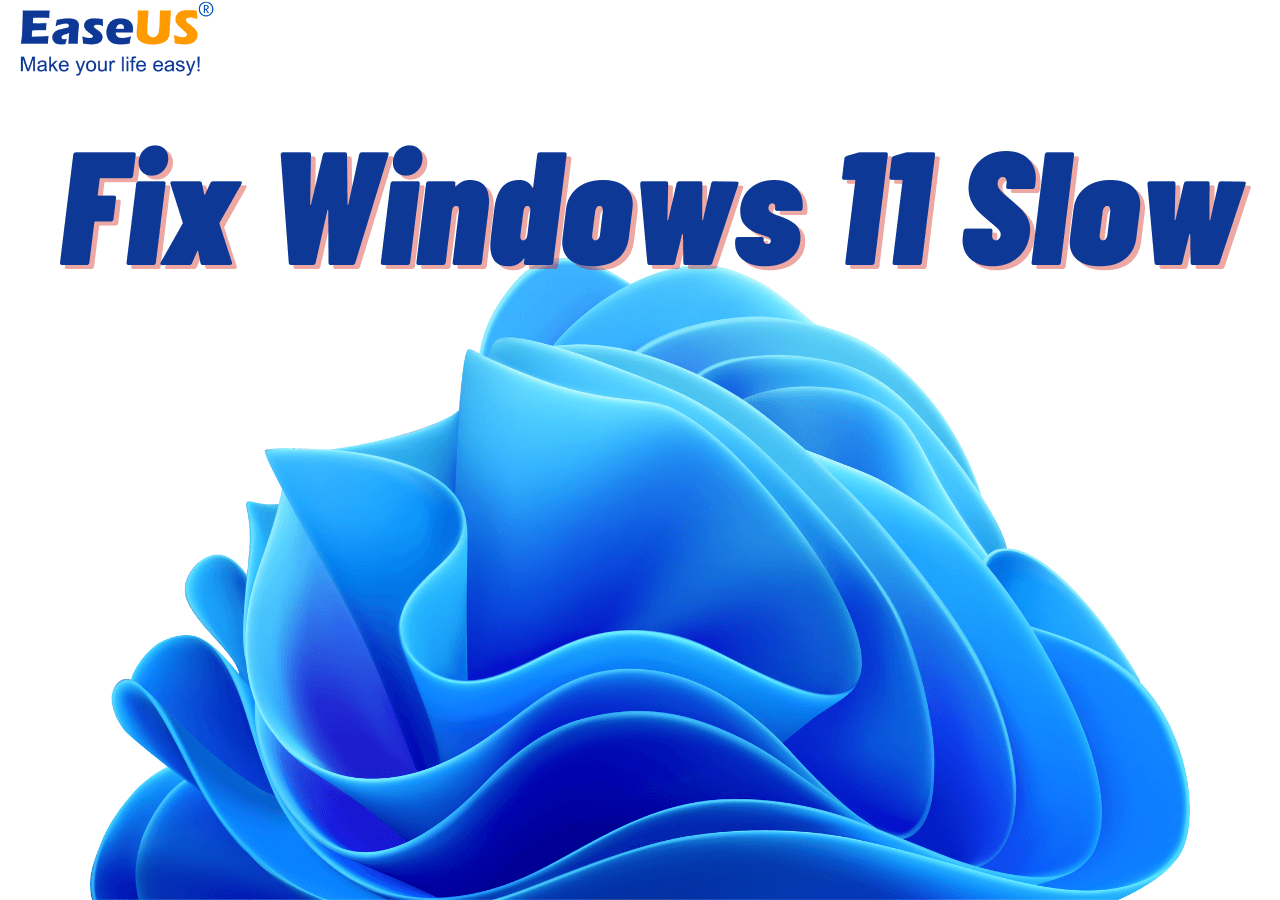
Windows 11 has grown into a mature operating system since October 5, 2021 and it takes over 26.52% of Windows market share worldwide (by StatCounter). While enjoying a new digital life in this operating system, some users also came across Windows 11 performance issues, including Windows 11 slow boot, Windows 11 slow startup or after update, fast battery consumption, overheating of the computer, and many others.
So, if you are also facing Windows 11 slow performance, as in the two cases here, follow this article, and we'll walk you around effective ways to fix the issue of how to solve the Windows 11 slow issue:
So, let's begin!
Possible Reasons for Windows 11 Performing Slow
Windows 11 is indeed a major release of the Windows operating system developed by Microsoft. But if you are bothered by windows 11 slow performance, there could be multiple reasons behind it. It is worth mentioning here that even if the PC or laptop that you own can support the latest Windows 11 version, the system may still require some extra hardware or resources to boost the performance. Why is Windows 11 so slow? Here are some common issues listed which can lead to windows 11 slow performance on your PC or laptop:
- Issues with the hard disk
- Issues with the background running startup tasks
- System drive having low disk space
- Usage of HDD instead of SSD
- Outdated operating system
- Outdated graphics card drivers
- Conflicts in security programs
- Wrongly installed or corrupted Windows software
- Insufficient RAM
- PC or laptop with lower specification
8 Effective Ways to Fix Windows 11 Running Slow
Now that you already know what could be the reason for your windows 11 slow boot, it is essential for you to know about some effective methods which can help you in speeding up Windows 11. So, let’s discuss the troubleshooting guide for getting rid of windows 11 slow performance. All the methods shown below have instructions, so to achieve effective results, make sure to follow them in a particular order.
1. Disable Startup Programs
2. Turn off Fast Startup
3. Increase C drive space
4. Update Graphics Drivers
5. Delete Temporary Files
6. Run Windows Update Troubleshooter
7. Migrate Windows 11 to SSD
8. Go Back to Windows 10 and Wait for the Next Stable Windows 11
Video Guide
If you think these methods are helpful for you to fix Windows 11 running slow, you can share the guide to help more people in need!
1. Disable Startup Programs to Speed Up Windows 11 Slow Performance
Often it is tested that several unnecessary programs or applications can happen to reduce the load time in your Windows PC or laptop while booting it up. So, in order to get away with the issue of windows 11 slow boot, ensure to disable all the unwanted applications and programs from the Startup tab. Here is how you can do:
Step 1: Press the "Ctrl + Shift + Esc" keys together and open the "Task Manager".
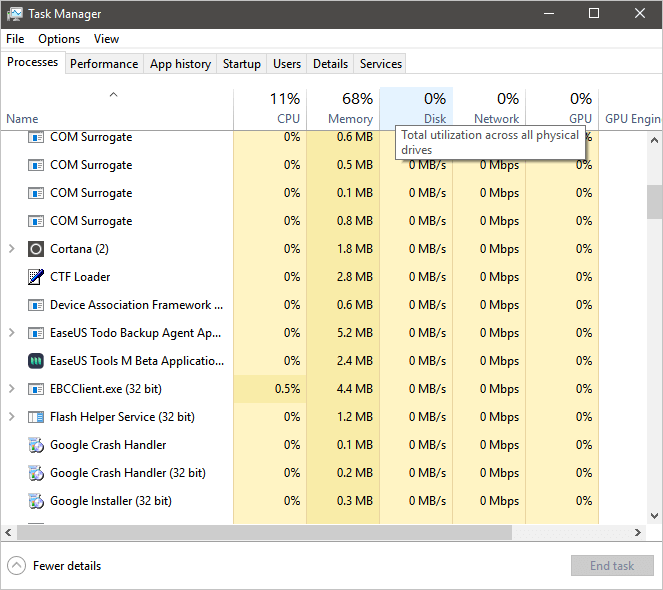
Step 2: Tap on the "Startup" tab and click on the applications or services that you want to disable.
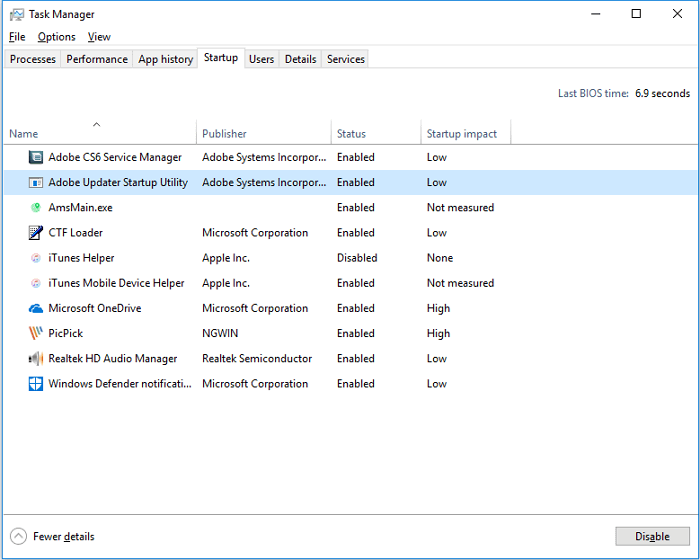
Step 3: Finally, click on the "Disable" button.
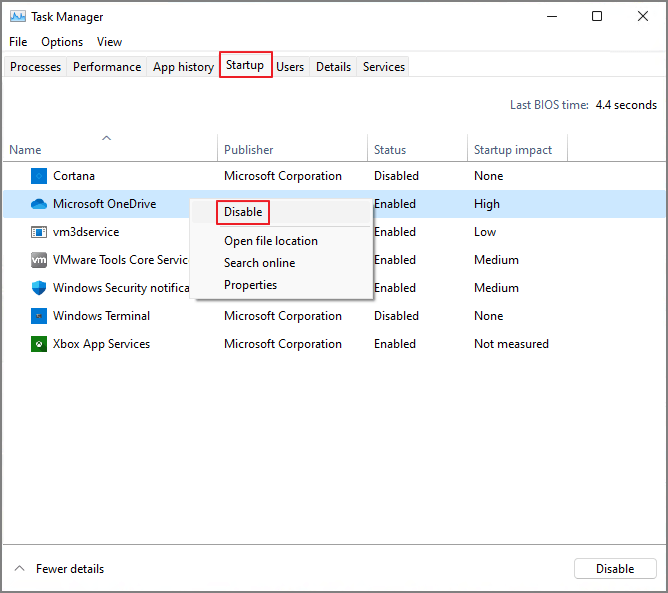
You can repeat the same steps for all the applications and programs to disable them. After you are done disabling them, restart your computer and check if the problem of windows 11 slow boot is solved.
2. Turn off Fast Startup to Fix Windows 11 Slow
Windows 11 operating system comes with a built-in Turn on Fast Startup function. You can use it to enhance the boot-up timing of your system. However, oftentimes you can experience the problem of windows 11 slow boot if you have this option enabled. Thus you can consider turning off the Fast Startup option to order to improve the performance of your system. To turn off the Fast Startup option, do the following:
Step 1: On the search icon, write "Control Panel" and click on it.
Step 2: Tap on the "Hardware and Sound" option and choose the "Power Option." Alternatively, if you can't find the power option directly, then type "Power Options" from the Control Panel search bar.
Step 3: Select the "Choose what the power button does" option. If the "Turn on fast startup" is enabled, uncheck the box to turn it off.
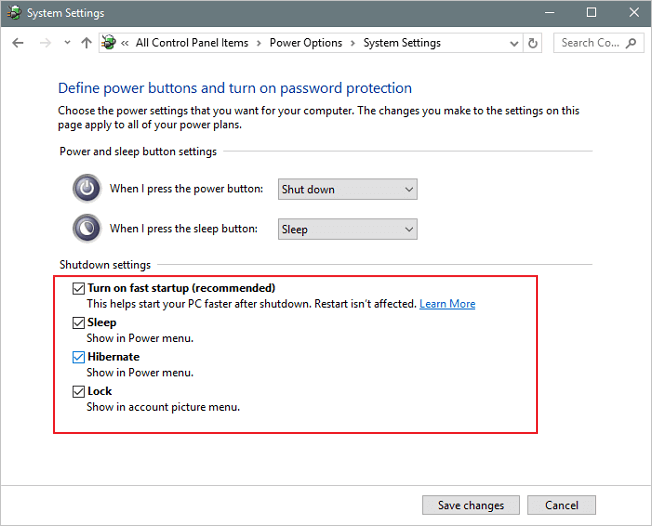
Step 4: Tap on the "Save Changes" option.
Restart your computer and see if you're able to fix the windows 11 slow performance problem.
3. Increase C Drive Space - Use EaseUS Partition Master "Allocate space" or "Resize/move."
If none of the above-mentioned ways helped you in solving the issue of windows 11 slow boot, then try to increase C drive space. To do this, you can completely rely on the EaseUS Partition Master. You can use its "Allocate space" or "Resize/move" option to increase the space in the C drive.
Here is what you need to follow:
Extend System C drive with unallocated space
- 1. Right-click on the System C: drive and select "Resize/Move".
- 2. Drag the system partition end into the unallocated space so to add it to the C: drive. And click "OK".
- 3. Click "Execute Task" and "Apply" to execute the operations and extend the C drive.
Bonus Features You May Also Like in EaseUS Partition Master:
- EaseUS Partition Master -
Your Smart Windows 11 Update Disk Manager
- MBR to GPT Converter, Make Disk Ready for Windows 11.
- Migrate Windows 11 to New SSD in 1-Click.
- Handy to Extend or Combine Partitions in Windows 11.
- Clone and Upgrade Disks without Data Loss.
4. Windows 11 Very Slow? Update Graphics Drivers
When it is about the slow performance of Windows 11, an old graphics card driver on your PC or laptop can also lead to the issue of windows 11 slow performance. To avoid such issues, it is advised to keep the graphics driver updated. To do it, follow these steps:
Automated Way: Update Graphics Driver with Software:
EaseUS DriverHandy is one such tool any levels of worldwide users can apply this software to update the drivers of their computers with the latest drivers in simple clicks. EaseUS DriverHandy is an all-in-one Windows driver manager, and it detects if there are any outdated or corrupted drivers and then updates them.
Download and install EaseUS DriverHandy and update your drivers with a single click.
Step 1. Open EaseUS DriverHandy and click "Scan."
Step 2. Click "Update" to keep all drivers updated.
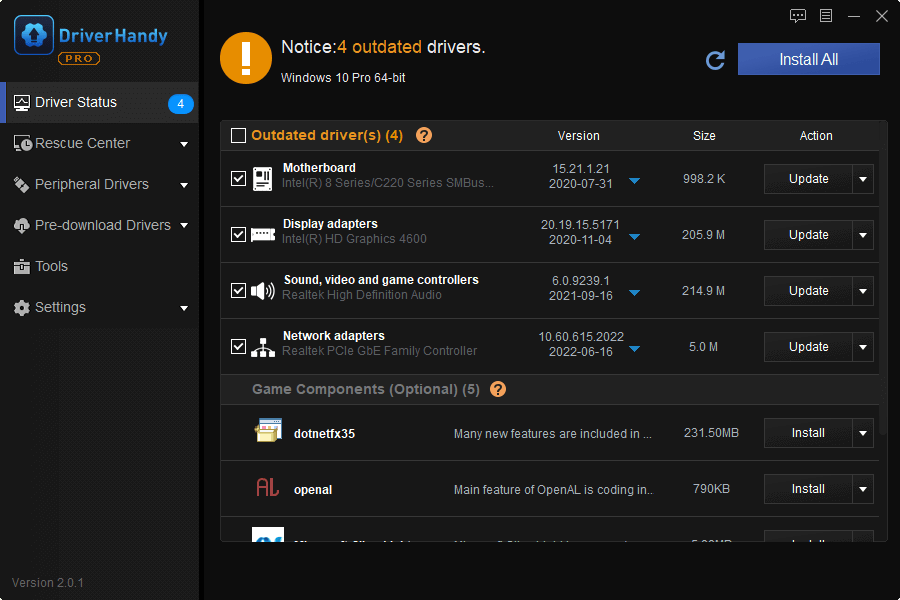
Update Graphics Driver Manually:
Step 1: By pressing the "Windows + X" keys, open the "Quick Start Menu".
Step 2: Tap on the "Device Manager" option and double-click on the "Display adapters" option.
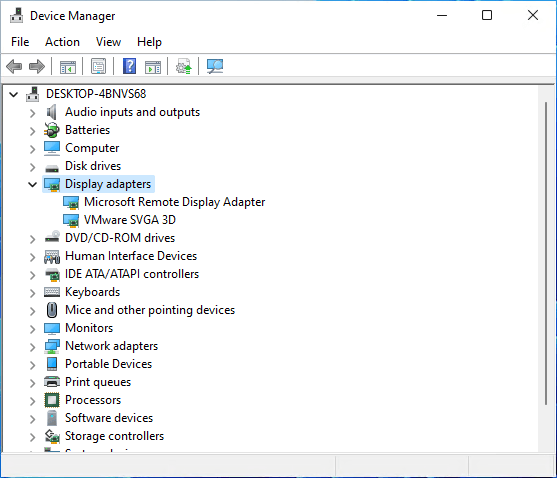
Step 3: Right-click on the graphics card you are running on your PC or laptop.
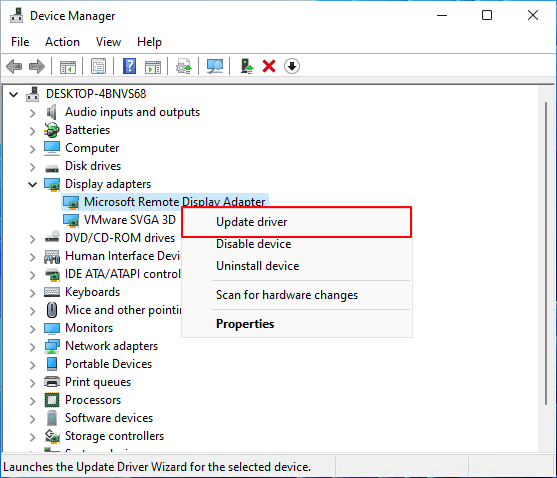
Step 4: Choose the "Update driver" option and select the "Search automatically for drivers" option.
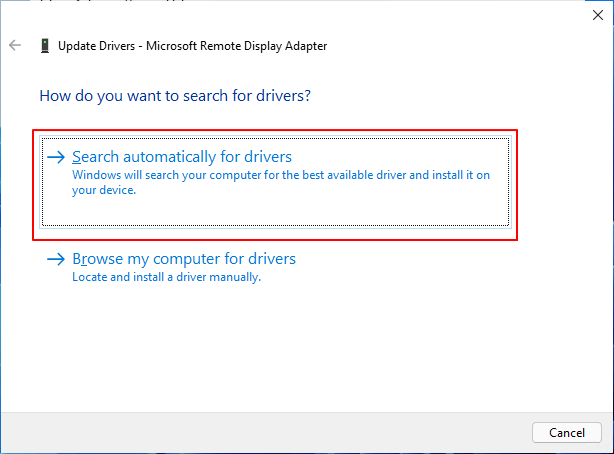
Step 5: If there's any update available for the graphics card, it will automatically download and install its updated version.
After this, make sure to restart your computer in order to apply changes.
5. Delete Temporary Files to Check Windows 11 Performance Issue
As the name goes, temporary files are developed by the Windows operating system in the memory whenever a task is being performed. It allows the computer to keep things smooth and quick for the users when they try to perform the same task again. Corrupted or old temporary files can lead to the issue of windows 11 slow performance. To delete the temporary files from your laptop or computer, do the following:
Step 1: By pressing the "Windows + R" keys together, open the "Run" dialog box.
Step 2: Here, type "%temp%" and press the Enter button to access the "Temp folder" from C: drive.
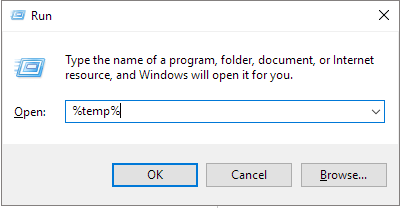
Step 3: By pressing the "Ctrl + A" keys to select the temp files. Press the "Delete" key to remove the temporary files.
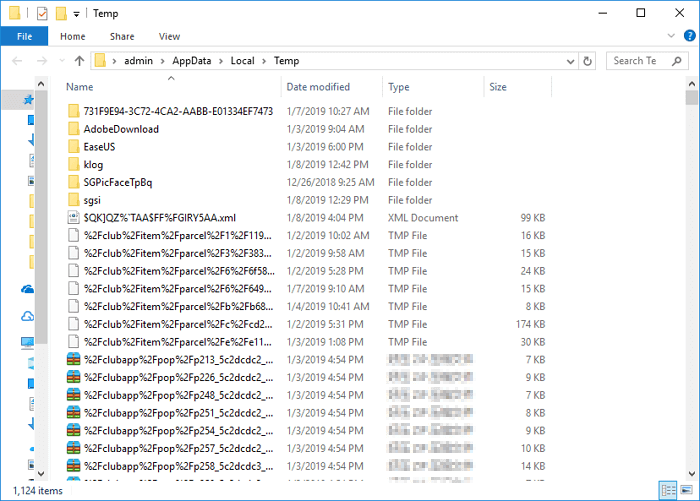
Step 4: If a dialog box appears, click on the "Do this for all current items" option and tap the "Continue" button.
Note: Wait for the deletion process, and if some temporary files are not getting deleted, then skip those files.
After you are done removing the temporary files, restart your PC or laptop to check if the problem of windows 11 slow performance is solved.
6. Run Windows Update Troubleshooter
If you are still facing issues like windows 11 slow boot, then you can consider running the Windows Update Troubleshooter in order to see if there is anything wrong with the update or not. To run Windows Update Troubleshooter, follow the below-listed instructions:
Step 1: Press the "Windows + I" keys together to access the "Windows Settings".
Step 2: Click on the "Update and Security" option.
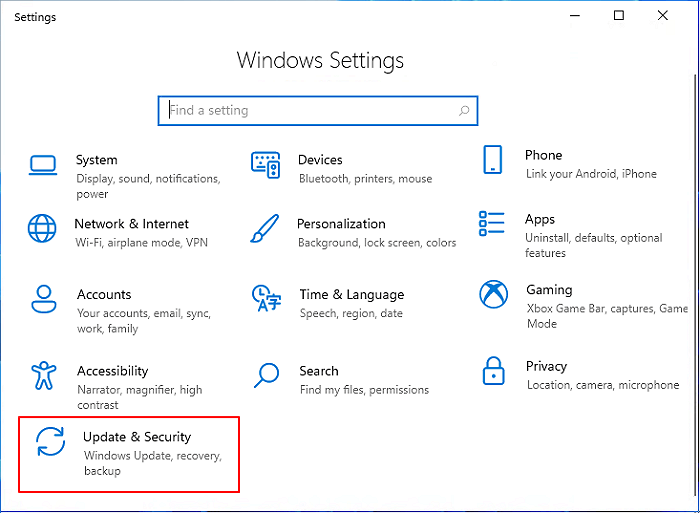
Step 3: Click on the "Troubleshoot" option from the right pane, then choose the "Other troubleshooter" option.
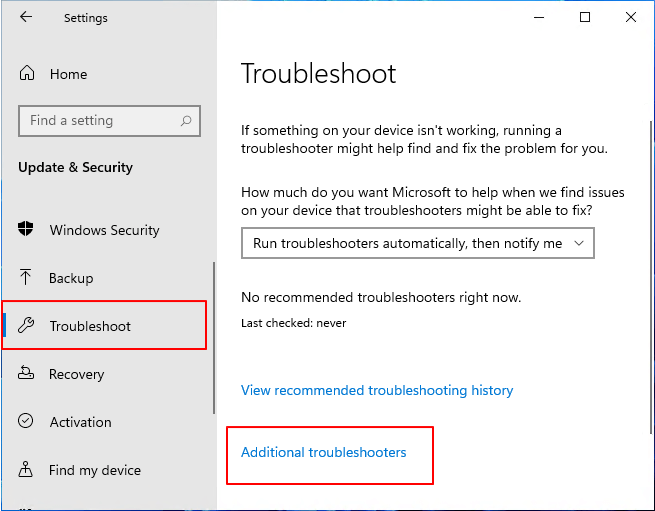
Step 4: And click on the "Run" option right by "Windows Update".
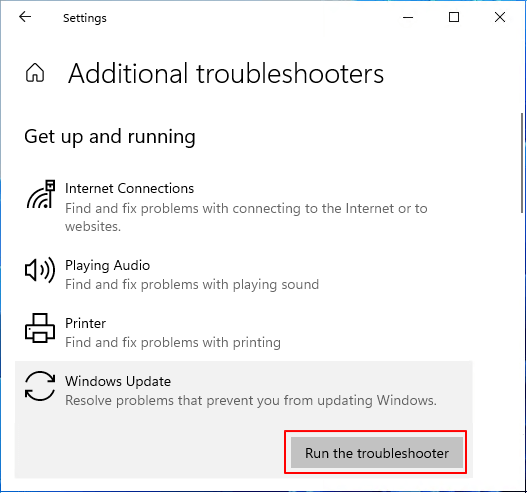
Wait for the system to begin diagnosis automatically and check certain things on the PC. If there’s an issue, look for its troubleshooting method on the web to fix it.
7. Migrate Windows 11 to SSD - use EaseUS Partition Master "migrate OS."
If the windows 11 slow performance persists, try to migrate the Windows 11 operating system to SSD. It will improve the performance and boot timing of your PC. For this, you can use the "Migrate OS" feature of the EaseUS Partition Master tool. It is a brilliant tool that will help you in making the migration of the operating system easy.
Steps to migrate OS to HDD/SSD:
- Run EaseUS Partition Master, and select "Clone" from the left menu.
- Check "Migrate OS" and click "Next".
- Select the SSD or HDD as the destination disk and click "Next".
- Check Warning: the data and partitions on the target disk will be deleted. Make sure that you've backed up important data in advance. If not, do it now.
- Then click "Yes".
- Preview the layout of your target disk. Then click "Start" to start migrating your OS to a new disk.
- After this, click "Reboot Now" or "Done" to determine if you want to reboot the computer from the new disk immediately.
"Reboot Now" means to keep the changes instantly, while "Done" means you need to restart the computer later manually.
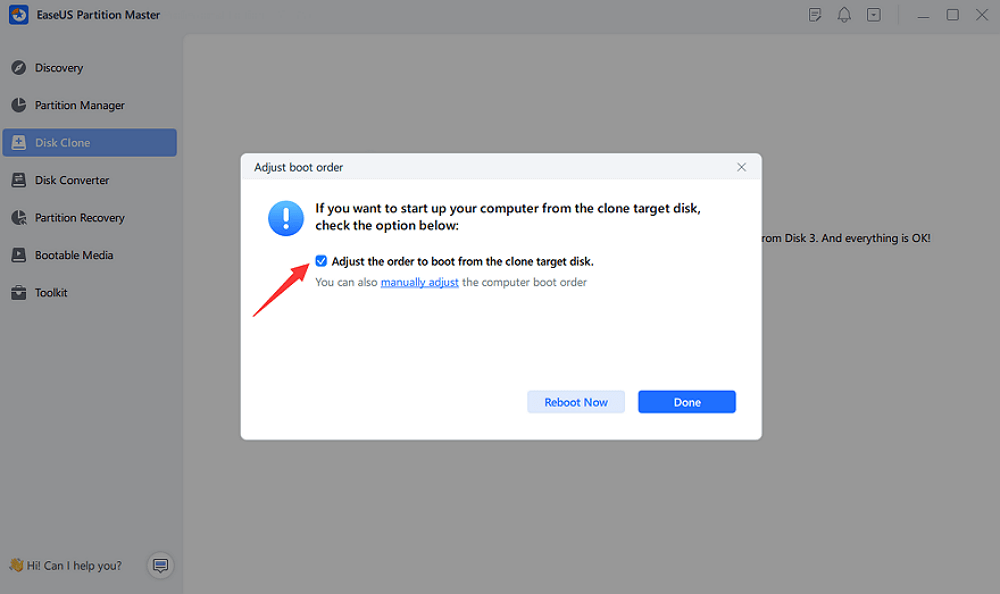
Note: The operation of migrating OS to SSD or HDD will delete and remove existing partitions and data on your target disk when there is not enough unallocated space on the target disk. If you saved important data there, back up them to an external hard drive in advance.
8. Go Back to Windows 10 and Wait for the Next Stable Windows 11
Finally, if you are still struggling with the Windows 11 slow boot problem, then it will be beneficial for you to go back to the previous version of the Windows OS.
Microsoft has officially notified that Windows 11 will finally come on October 5th. It will be your last resort, and do execute it, follow these steps:
Note: Returning to Windows 10 may not an one-size-for-all method. Some users are experienced Windows 10 running slow issue.
Other Windows 10 slow issue:
Step 1. Go to Settings, click System and Recovery.
Step 2. Click Go back next to the Previous version of Windows.
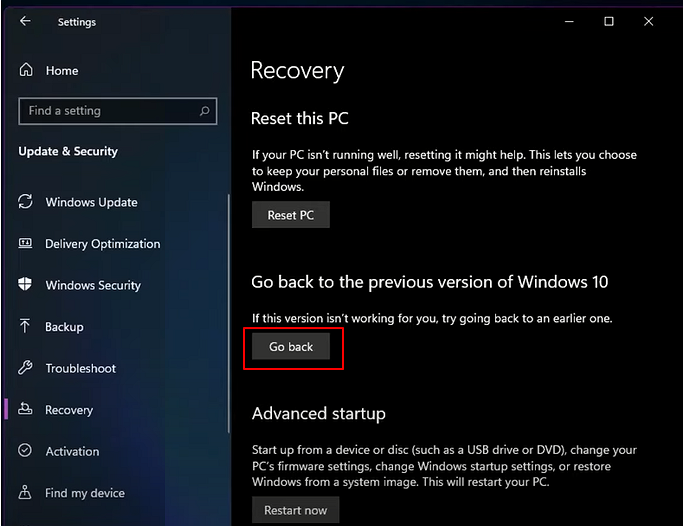
Step 3. Check the reasons why you want to uninstall when prompted.
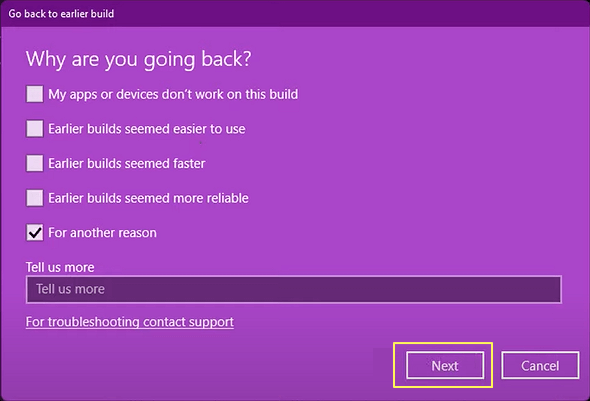
Step 4. Click No, thanks when asked to check for updates instead of rolling back.
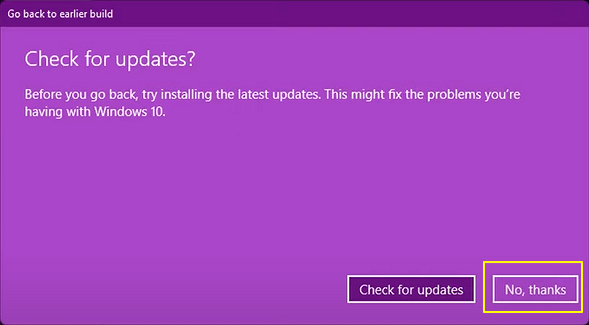
Step 5. When a "What you need to know" window pops up, click Next to continue.
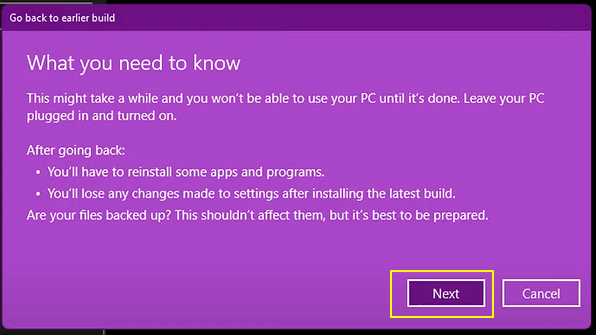
Step 6. Click Next again when it warns you to remember your password from Windows 10. (Keep your password remembered.)
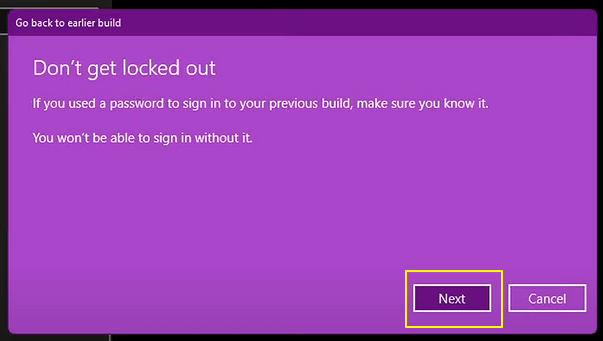
Step 7. Click Go back to an earlier build.
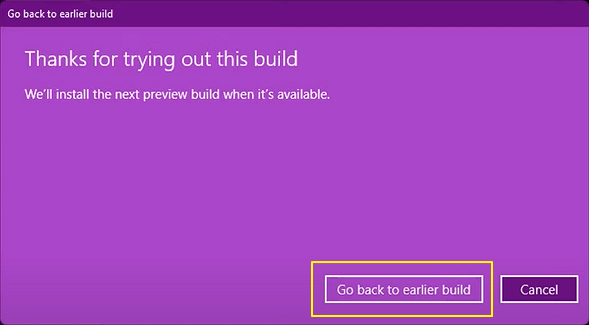
As soon as you finish the procedure, restart your PC or laptop to find out if the windows 11 slow performance issue is fixed or not.
Video Guide - How to Fix Windows 11 Slow and Lagging Problem [FAST]
Here is a great video that shows you how to quickly fix Windows 11 running slow.
Conclusion
That's it for how you can improve the Windows 11 slow performance. This guide is also suitable for Dell laptop running slow error. You can go ahead and try any of the methods listed above to enhance the performance and boot timing of your system. However, if you are hunting for a quick-fix and an effective method, try and use EaseUS Partition Master as a daily disk partition management tool for achieving the best user experience on Windows 11.
Windows 11 Slow FAQs
1. Why Is Windows 11 So Laggy?
If you feel Windows 11 running slow or freezing, the reasons could come from low system storage or running too many programs at the same time.
2. Will Windows 11 Slow Down My PC?
Windows 11 is faster than Windows 10. However, some users is experiencing slow performance issue due to low disk storage or outdated drivers. Don't worry. It can be fixed easily.
3. How Can I Make Windows 11 Faster?
To fast fix Windows laggy problem, a useful disk manager, EaseUS Partition Master, works to increase c drive space or migrate OS to another drive. Other quick fixes: disable startup programs, turn off fast startup, and delete temporary files.
Was This Page Helpful?
Updated by Tracy King
Tracy became a member of the EaseUS content team in 2013. Being a technical writer for over 10 years, she is enthusiastic about sharing tips to assist readers in resolving complex issues in disk management, file transfer, PC & Mac performance optimization, etc., like an expert.
Related Articles
-
How to Wipe External Hard Drive on Windows 10 and Mac Without Recovery
![author icon]() Cedric/Sep 28, 2025
Cedric/Sep 28, 2025 -
How to Format DVR Hard Disk & How to Connect DVR Hard Disk to PC
![author icon]() Jean/Sep 28, 2025
Jean/Sep 28, 2025 -
How to Use Driver Easy | Is It Safe to Use Driver Easy
![author icon]() Tracy King/Sep 28, 2025
Tracy King/Sep 28, 2025 -
How to Fix Windows 11 Error 0xc0000005? Answer Is Here!
![author icon]() Tracy King/Sep 28, 2025
Tracy King/Sep 28, 2025